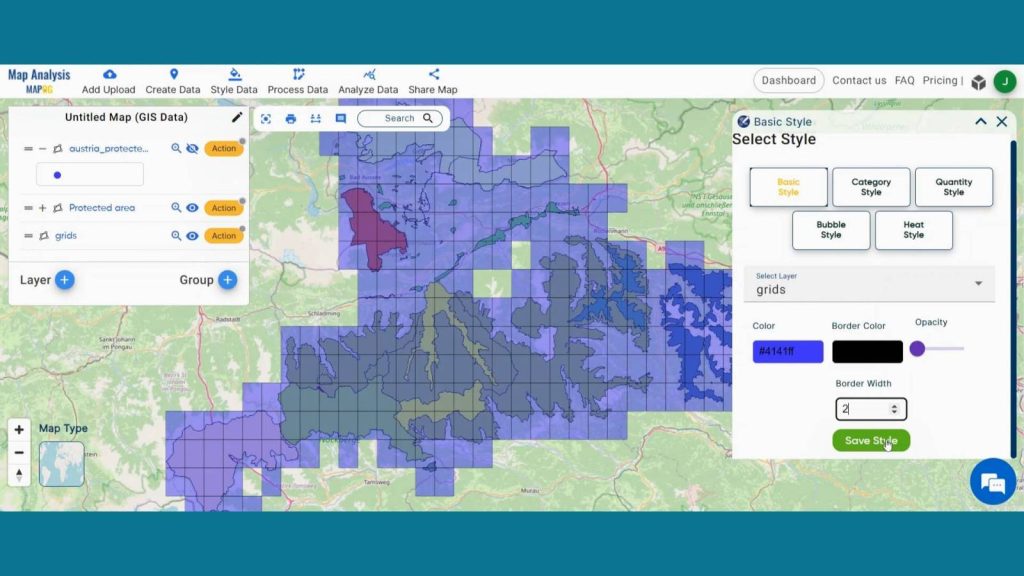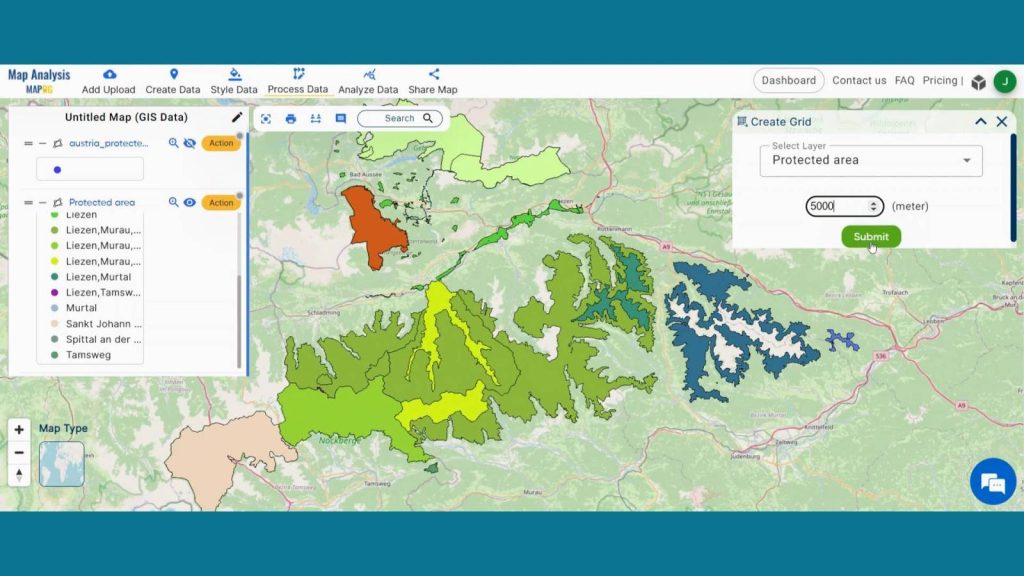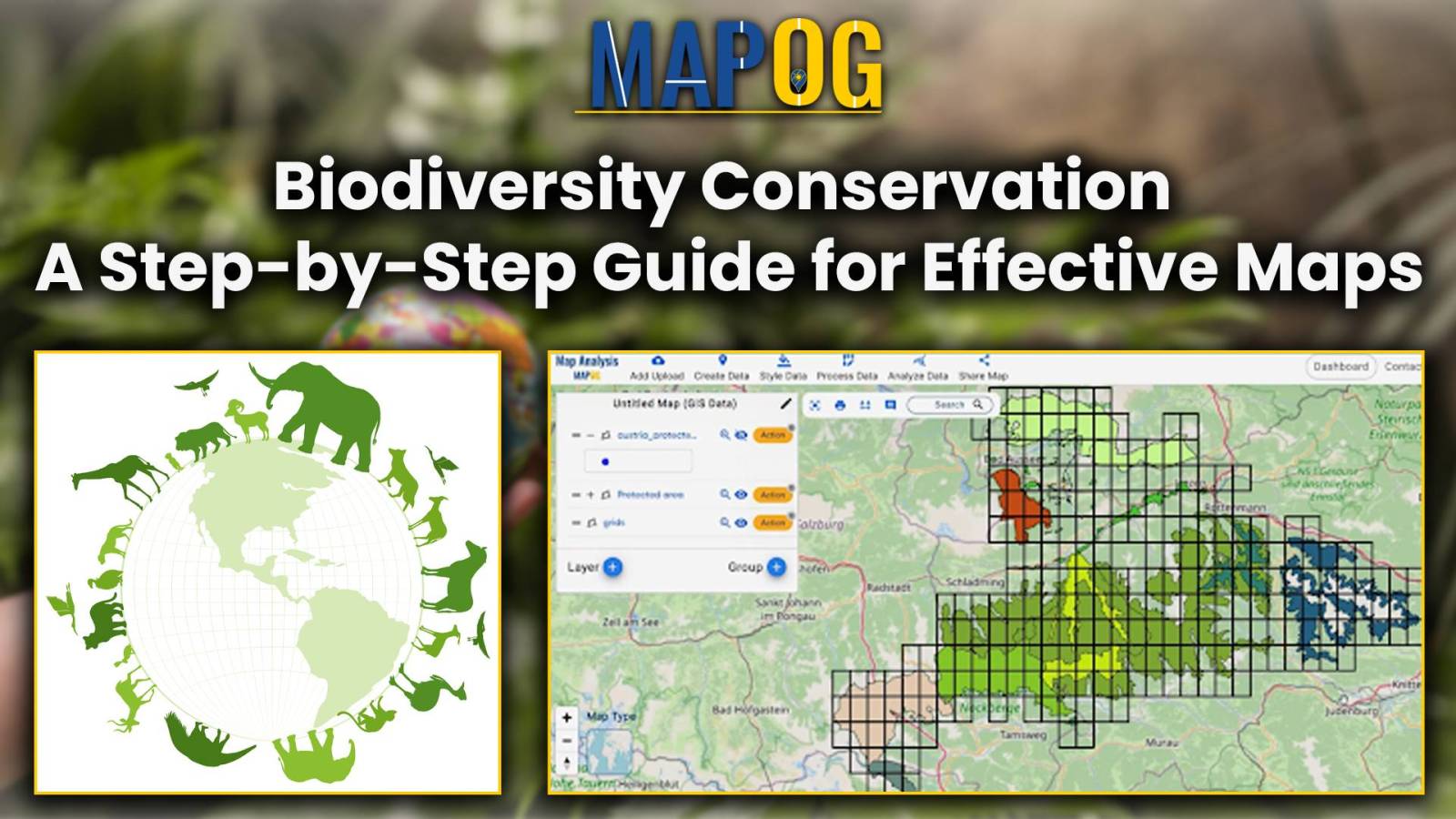Best Practices for Collecting Field Data in Biodiversity Mapping: Expert Guidelines

A couple of years ago, knee-deep in a muddy wetland with nothing but a faded pencil and an old-school GPS brick (it ate through batteries faster than I could say "coordinates"), it dawned on me—a lot of supposed “field data best practices” are written by people who haven’t felt mosquito bites through two layers of clothing. The truth is, collecting biodiversity field data shouldn’t be an exercise in high-tech gymnastics or mind-numbing protocol memorization. Most experts complicate what can be incredibly straightforward—if you anchor yourself in simplicity and common sense.

Let me walk you through the true essentials, shaped by battered boots and failed first attempts, not just theory.
FAQ: The Down-to-Earth Guide to Collecting Field Data for Biodiversity Mapping
1. What gear actually matters? (Hint: Less than you think.)
I learned this the hard way on my first solo survey. Loaded with three digital devices, half of them lost power by midday under that sticky August sun; all that extra gear only made my pack heavier and my day longer. These days, I bring:
- A simple clipboard with printed data sheets—always easier to scribble on than any phone screen in the rain
- A battered mechanical pencil (graphite won’t bleed into oblivion when notebooks get wet)
- A hand-sized GPS unit or a smartphone running Geo Tracker; both have served me well so long as I carry spare batteries or a tiny power bank
- One waterproof stuff sack for everything else
That’s it—no satellite uplink required. Your most important tool? The routine double-check before leaving camp: “Clipboard, pencil, GPS, backup battery.” If you can say yes to those four things, you’re set.
2. How do I get reliable locations and habitat notes without obsessing over tech?
Picture this: You step off the trail into a quiet patch of grassland—the breeze smells faintly sweet from blooming wildflowers—and your GPS starts hunting for satellites. Resist the urge to pace impatiently! Give it a beat or two; let numbers settle (those decimals matter). Jot down your precise spot immediately.
Don’t make habitat descriptions harder than they need to be. Instead of agonizing over categories:
- Choose one word for dominant cover (“oak,” “tussock,” “reedbed”)
- Note anything out-of-place (“old tire near streambank”)
- Take one wide photo facing north, another east
I once worked with a botanist who used only four codes: T (tree), S (shrub), G (grass), W (water). His maps were legendary—and no one ever accused him of missing the point.

3. How do I avoid species misidentification—even as a non-expert?
On my very first bioblitz, nerves sent me scrambling between field guides until too late—I’d jotted down “Spotted Salamander” instead of its lookalike cousin. That mistake ended up immortalized in our local database for months!
So now my rule is simple: Photograph everything unfamiliar clearly enough that someone else could ID it—especially if it’s got stripes or spots! Jot “??” next to any guesswork instead of forcing an answer.
I’ve watched seasoned professors whip out iNaturalist mid-field—don’t let pride stop you from using apps! Those crowd-sourced corrections have saved many reputations.
4. How do I keep team data consistent without overwhelming everyone with protocols?
One muggy morning in July, I joined a new group whose last training was “just read last year’s report.” Chaos ensued: Two people wrote meters while others used feet; commas and decimal points became little timebombs during data entry.
Since then, we always:
- Spend ten minutes at breakfast walking through a single filled-out example sheet together on-site
- Assign one person per role that day—note-taker, photographer, GPS reader—then rotate after lunch
- Review today’s entries together over trail mix before heading back
No marathon meetings or eighty-page manuals required; just face-to-face agreement and practice make all the difference.

5. What about disasters? Rain-soaked datasheets, dead batteries…
My most humbling moment saw five hours’ work ruined when water seeped into my backpack—every page was pulp by sundown.
Here’s what keeps me sleeping well now:
- Snap photos of each completed datasheet at lunch and again at day’s end—you always have your phone handy anyway
- Carry two pencils minimum; stash one in your sock if you’re worried!
- If writing fails altogether (and sometimes it will), use the voice memo app to narrate key points while still outdoors
Weather won’t listen to forecasts—or protocols—but planning for mishaps makes recovery part of your process rather than panic fuel.
6. How do I protect my field data until it’s home safe?
Quick story: At dusk after every field session—even bone-tired—I force myself to copy all photos and files onto both my laptop and an old USB stick kept far away from muddy boots.
You don’t need cloud backups in-tree-canopy wilderness; just redundancy—a habit ingrained like brushing teeth before bed. Five extra minutes has rescued more projects than fancy case studies ever did.
7. Beginner mistakes that haunt even seasoned pros…
My top bloopers:
- Packing fresh datasheets but no clip to keep them readable when wind gusts up
- Writing site names like “Big Oak” instead of exact coordinates (“where was Big Oak again?”)
- Rushing so much we left half our samples unnamed—leading to weeks-later agony remembering which bag was which
Now I remind everyone—the best map is built from fewer sites well documented than dozens done haphazardly.
8. Will these methods satisfy picky reviewers—or future-you doing data analysis?
If your process is clear enough that anyone reading field notes can picture standing where you stood—smelling damp moss underfoot—you’ve nailed it.
Keep copies of every protocol tweak (“switched cameras at Site 4 after rain”), snap photos showing how tools were used in real time, and never fudge missing details later out of embarrassment—we all have off days!
Transparency trumps perfectionism every single time when grant assessors come knocking.
Three Unbreakable Habits Before Every Field Day
- Lay out every piece of kit the night before—and talk yourself through why each is there.
- Schedule a mock run anywhere—even if it means practicing beside your car—with real-time radios on.
- Make daily debrief/backups ritualistic; nothing gets packed away until logged and copied twice.
By focusing on basics—and caring more about reliability than complexity—you’ll earn trust not just from funders but from fellow naturalists who know what true field grit looks like.
There are no awards for fanciest gadgets here; only solid results counted leaf-by-leaf and track-by-track under open skies!
So next time some expert tells you need new tech or endless checklists just to find frogs under logs… grin politely—and show them how simple wins every time.
If you'd like stories from specific terrain types or want packing lists tailored for rainy seasons versus arid slopes—just holler! There’s nothing quite like swapping anecdotes between those who've wrestled tangled brambles chasing rare butterflies or knelt quietly counting ephemeral spring blooms before dusk falls...
Now lace up those boots tight—the magic happens when details are simple enough not to trip over as you chase tomorrow's discoveries!




